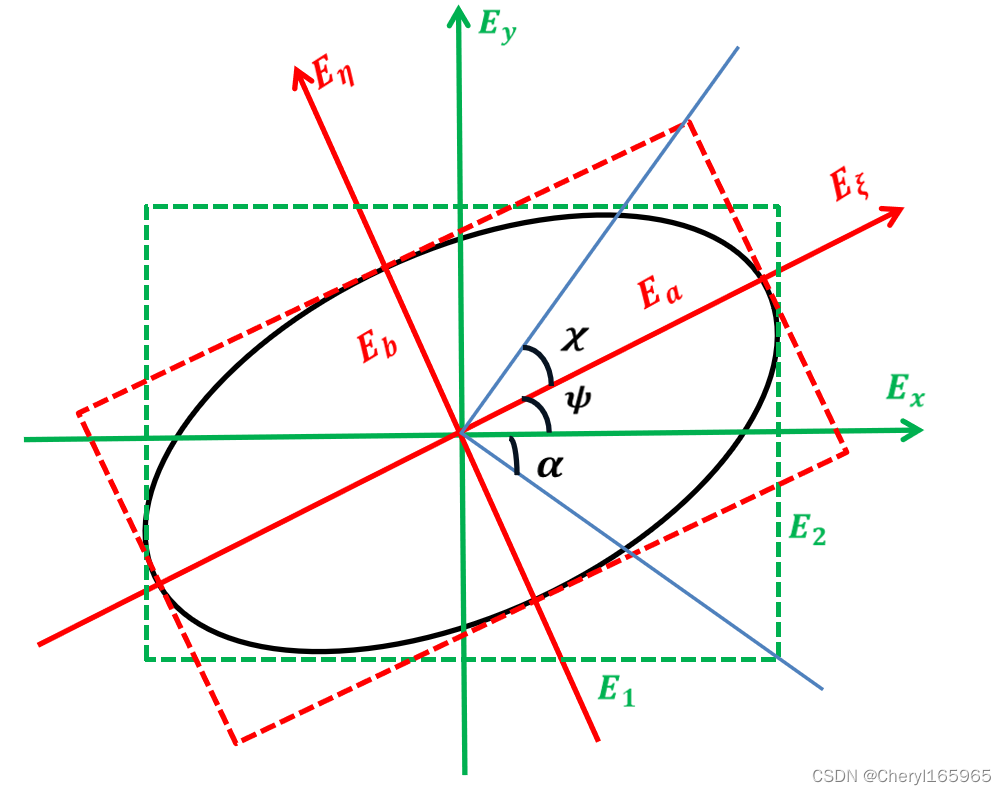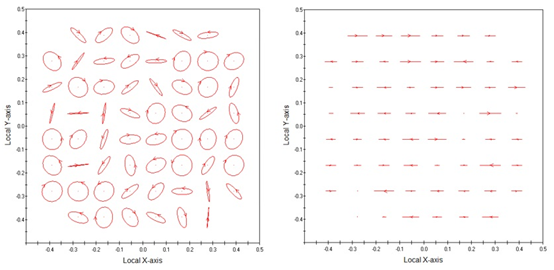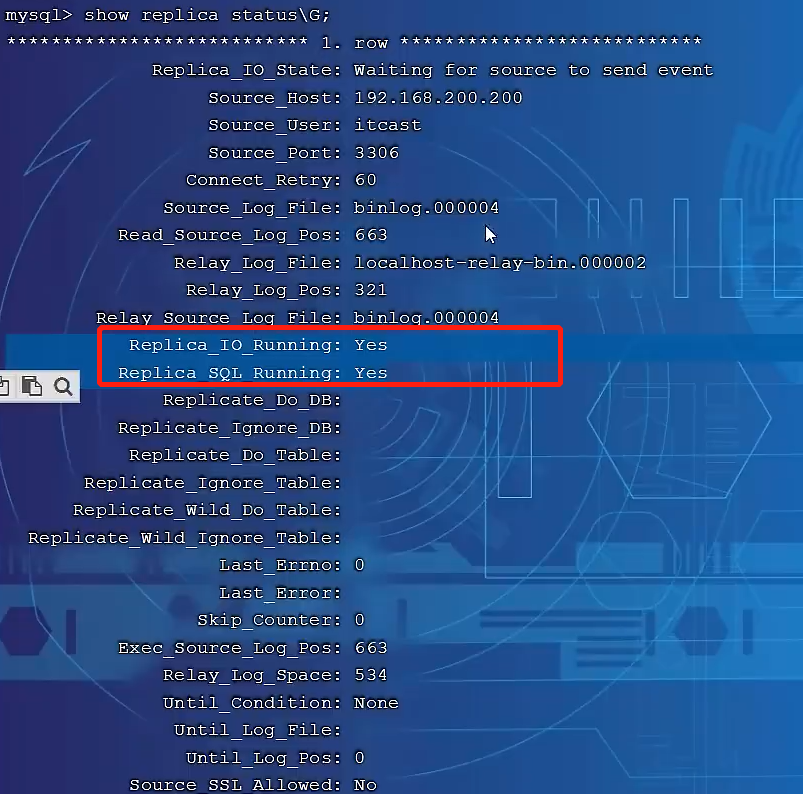自然光的定义:
普通光源中,单个原子发出的光波列是偏振的,大量原子独立发出的光波列的振动方向毫无规则,并且随时间迅速变化,这种光叫自然光,又称“天然光”。自然光中,光振动沿光传播方向对称分布,不直接显示偏振现象的光。天然光源和一般人造光源直接发出的光都是自然光。它包括了垂直于光波传播方向的所有可能的振动方向,所以不显示出偏振性。(http://physics.seu.edu.cn/phycourse/Article/ShowArticle.asp?ArticleID=312)
光的偏振 polarization of light
光是一种电磁波,电磁波是横波。而振动方向和光波前进方向构成的平面叫做振动面,光的振动面只限于某一固定方向的,叫做平面偏振光或线偏振光。光波电矢量振动的空间分布对于光的传播方向失去对称性的现象。只有横波才能产生偏振现象,故光的偏振是光的波动性的又一例证。在垂直于传播方向的平面内,包含一切可能方向的横振动,且平均说来任一方向上具有相同的振幅,这种横振动对称于传播方向的光称为自然光(非偏振光)。凡其振动失去这种对称性的光统称偏振光。光的偏振可以参考视频http://physics.seu.edu.cn/phycourse/Article/ShowArticle.asp?ArticleID=311。
偏振光
偏振光是指光矢量的振动方向不变,或具有某种规则地变化的光波。按照其性质,偏振光又可分为平面偏振光(线偏光)、圆偏振光和椭圆偏振光、部分偏振光几种。如果光波电矢量的振动方向只局限在一确定的平面内,则这种偏振光称为平面偏振光,若轨迹在传播过程中为一直线,故又称线偏振光。如果光波电矢量随时间作有规则地改变,即电矢量末端轨迹在垂直轨迹在传播过程中为一直线,故又称线偏振光。如果光波电矢量随时间作有规则地改变,即电矢量末端轨迹在垂直于传播方向的平面上呈圆形或椭圆形,则称为圆偏振光或椭圆偏振光。如果光波电矢量的振动在传播过程中只是在某一确定的方向上占有相对优势,这种偏振光就称为部分偏振光。偏振光的视频请参考http://physics.seu.edu.cn/phycourse/Article/ShowArticle.asp?ArticleID=313。
百度百科上有偏振光的解释:http://baike.baidu.com/view/70598.htm。
以下摘自:http://plc.cwru.edu/tutorial/enhanced/files/lc/light/light.htm
Light and Polarization
This section will introduce some of the basic concepts that are important in understanding the optical behavior of liquid crystals. This is by no means a complete discussion of the topic; it is only intended to be used in the context of liquid crystal optical behavior. Please refer to Jenkins and White for a detailed treatment.
Light and Polarization
Light can be represented as a transverse electromagnetic wave made up of mutually perpendicular, fluctuating electric and magnetic fields. The left side of the following diagram shows the electric field in the xy plane, the magnetic field in the xz plane and the propagation of the wave in the x direction. The right half shows a line tracing out the electric field vector as it propagates. Traditionally, only the electric field vector is dealt with because the magnetic field component is essentially the same.
This sinusoidally varying electric field can be thought of as a length of rope held by two children at opposite ends. The children begin to displace the ends in such a way that the rope moves in a plane, either up and down, left and right, or at any angle in between.
Ordinary white light is made up of waves that fluctuate at all possible angles. Light is considered to be "linearly polarized" when it contains waves that only fluctuate in one specific plane. It is as if the rope is strung through a picket fence -- the wave can move up and down, but motion is blocked in any other direction. A polarizer is a material that allows only light with a specific angle of vibration to pass through. The direction of fluctuation passed by the polarizer is called the "easy" axis.
If two polarizers are set up in series so that their optical axes are parallel, light passes through both. However, if the axes are set up 90 degrees apart (crossed), the polarized light from the first is extinguished by the second. As the angle rotates from 0 to 90 degrees, the amount of light that is transmitted decreases. This effect is demonstrated in the following diagram. The polarizers are parallel at the top and crossed at the bottom.
Polarized Light
Linear polarization is merely a special case of circularly polarized light. Consider two light waves, one polarized in the YZ plane and the other in the XY plane. If the waves reach their maximum and minimum points at the same time (they are in phase), their vector sum leads to one wave, linearly polarized at 45 degrees. This is shown in the following diagram.
Similarly, if the two waves are 180 degrees out of phase, the resultant is linearly polarized at 45 degrees in the opposite sense.
If the two waves are 90 degrees out of phase (one is at an extremum and the other is at zero), the resulting wave is circularly polarized. In effect, the resultant electric field vector from the sum of the components rotates around the origin as the wave propagates. The following diagram shows the sum of the electric field vectors for two such waves.
The most general case is when the phase difference is at an arbitrary angle (not necessarily 90 or 180 degrees.) This is called elliptical polarization because the electric field vector traces out an ellipse (instead of a line or circle as before.)
These concepts can be rather abstract the first time they are presented. The following simulation allows the user to change the phase shift to an arbitrary value to observe the resultant polarization state.
此外,还有偏振数据库,不知道这个东东做什么用的,http://www.sal.wisc.edu/WUPPE/polcats/polcats.html。
本文来自CSDN博客,转载请标明出处:http://blog.csdn.net/luckydongbin/archive/2009/01/06/3722097.aspx






